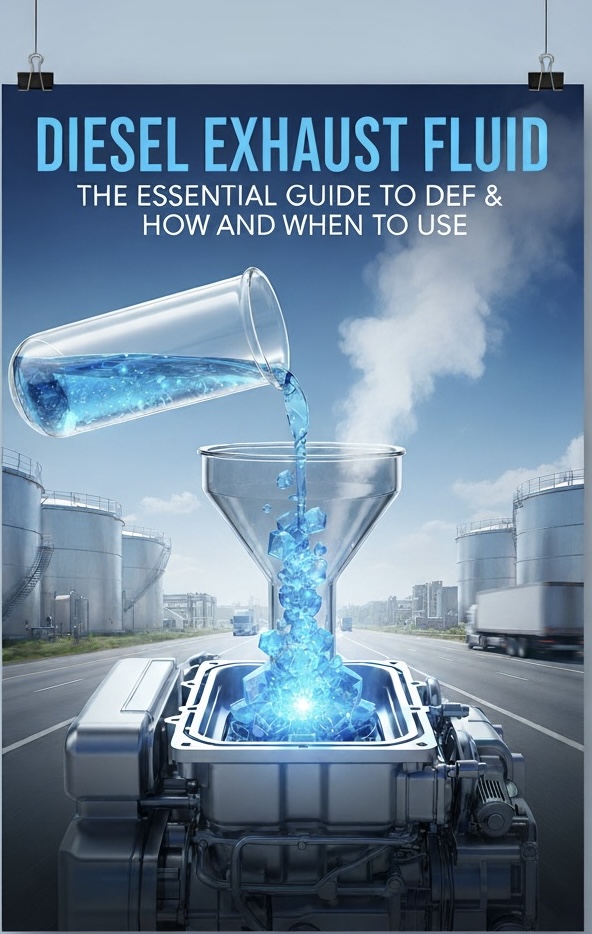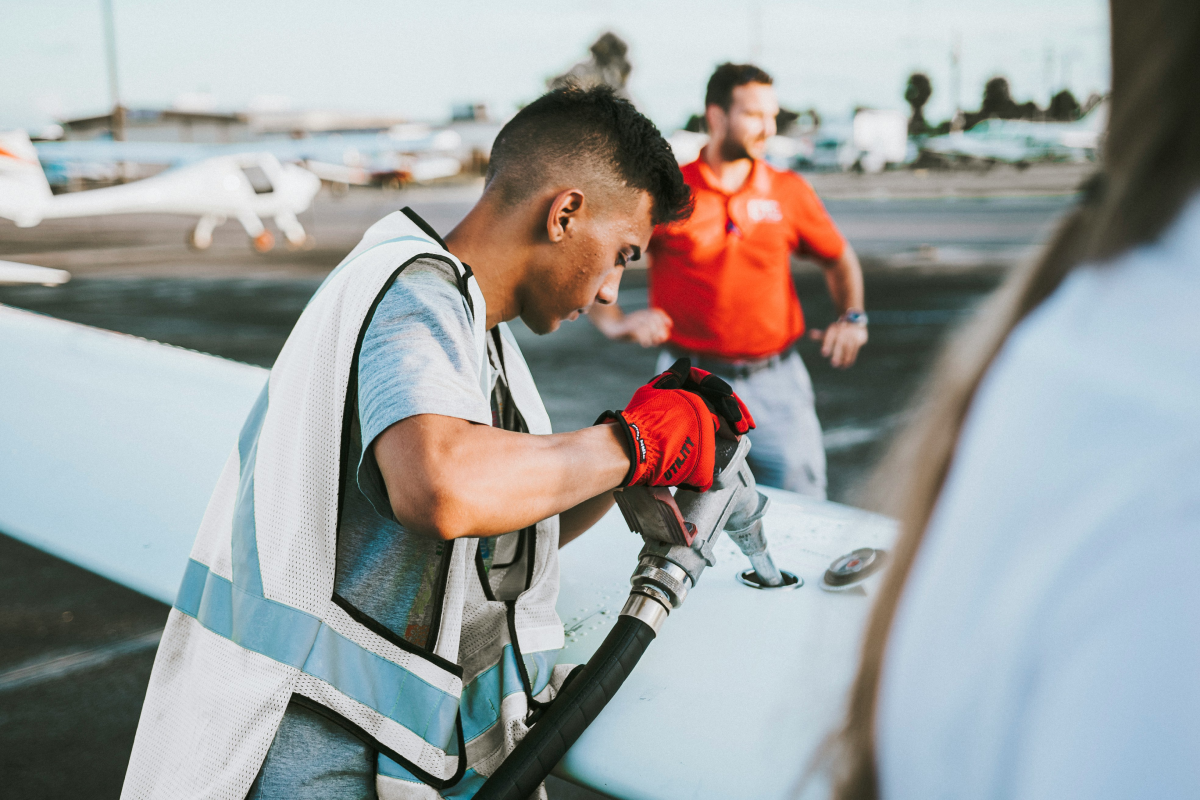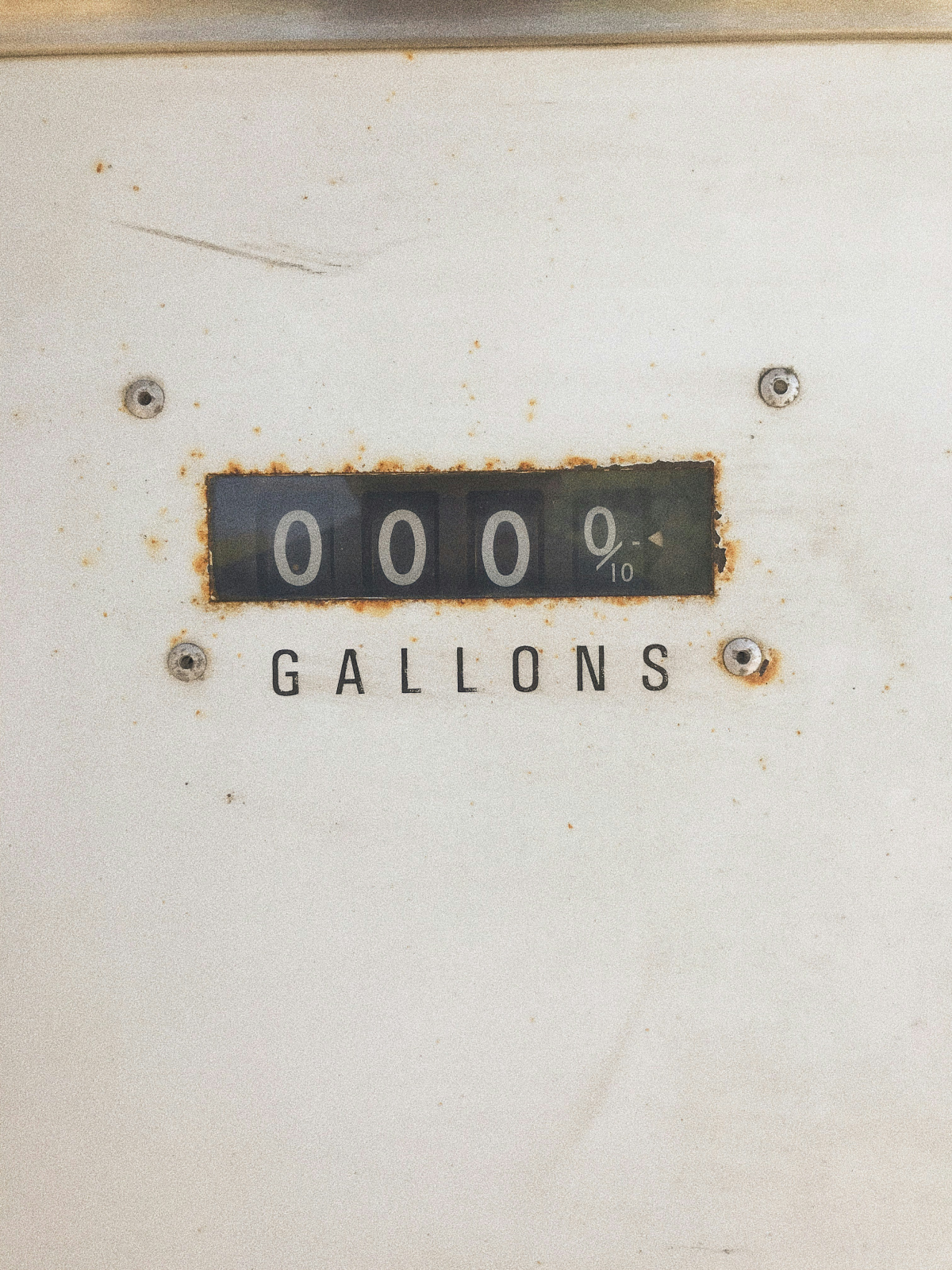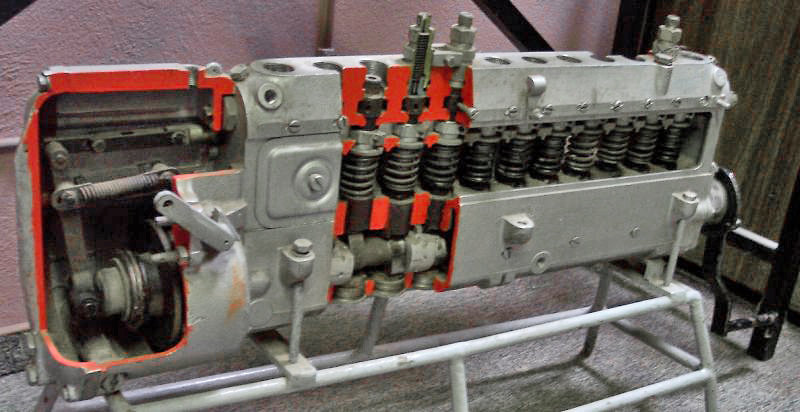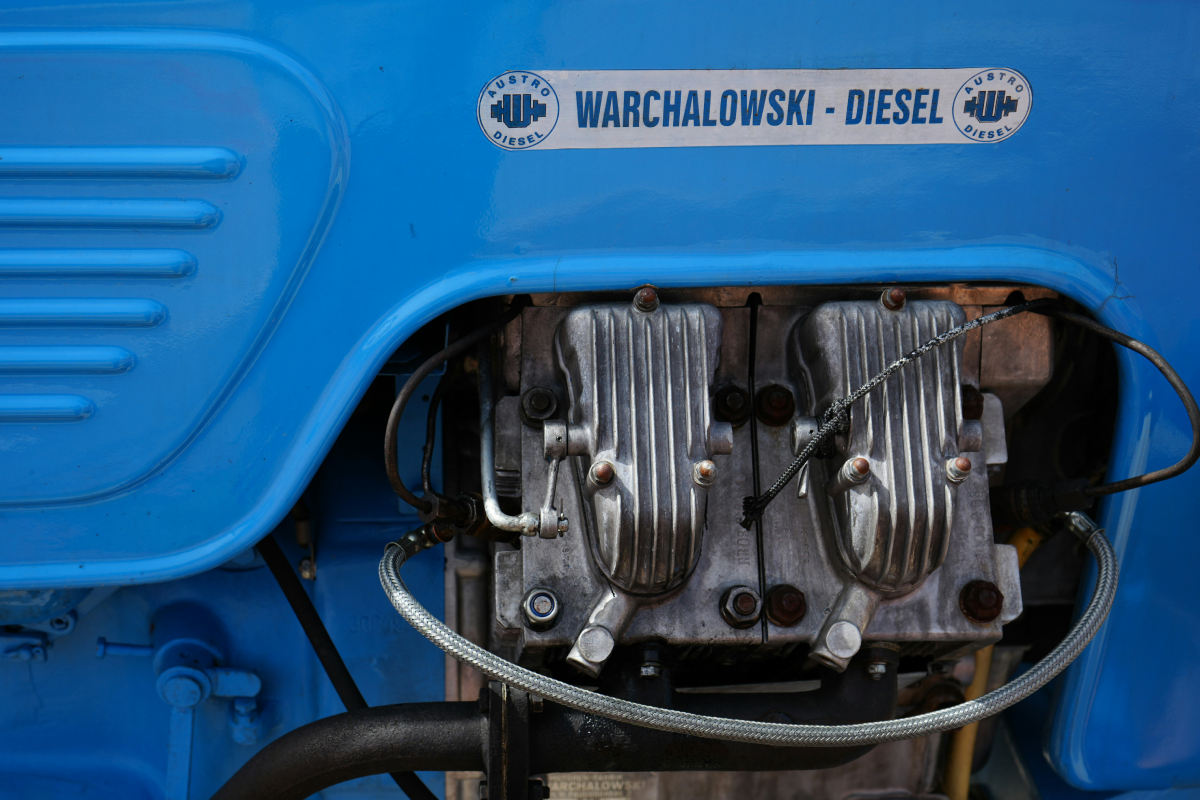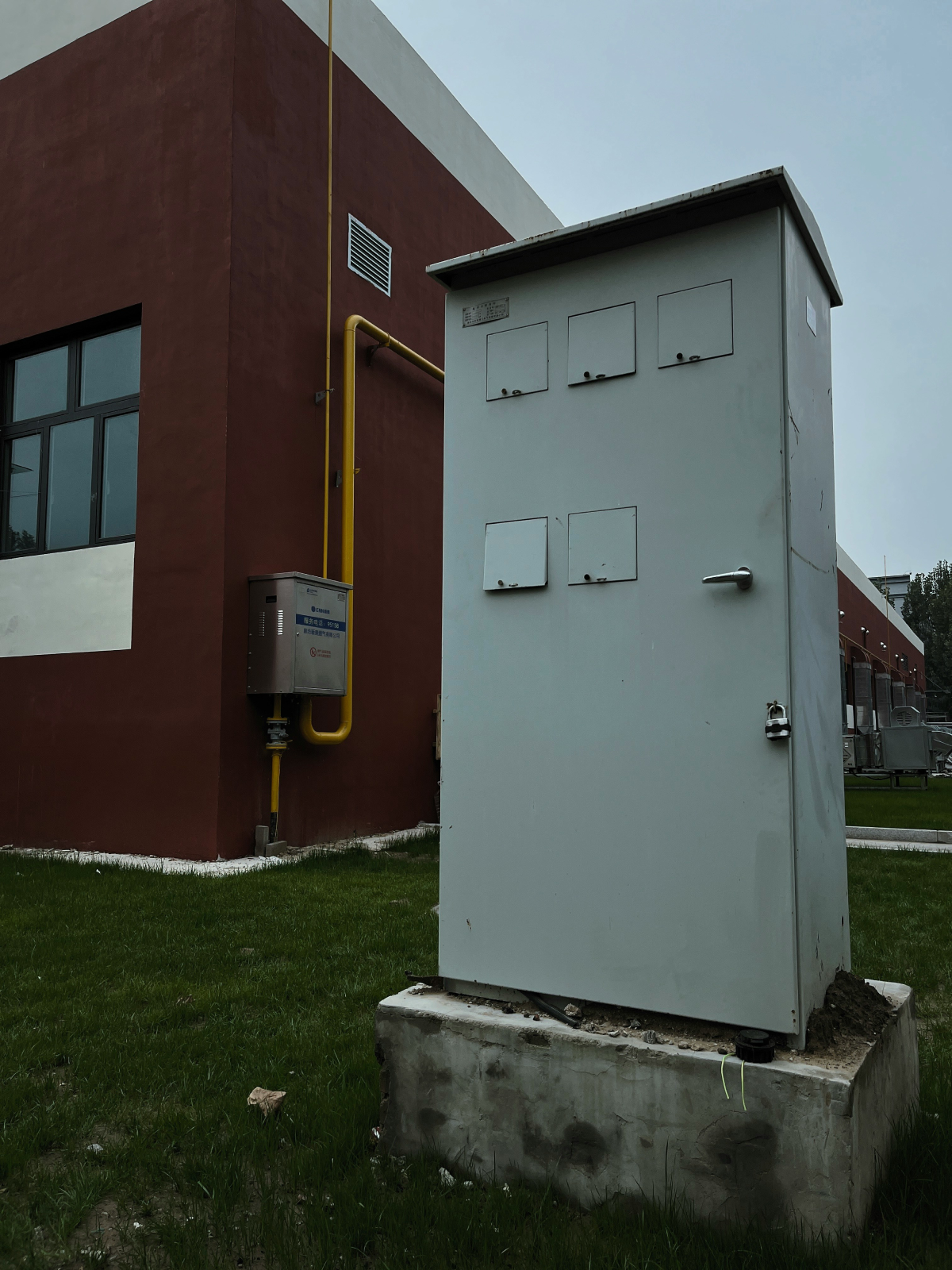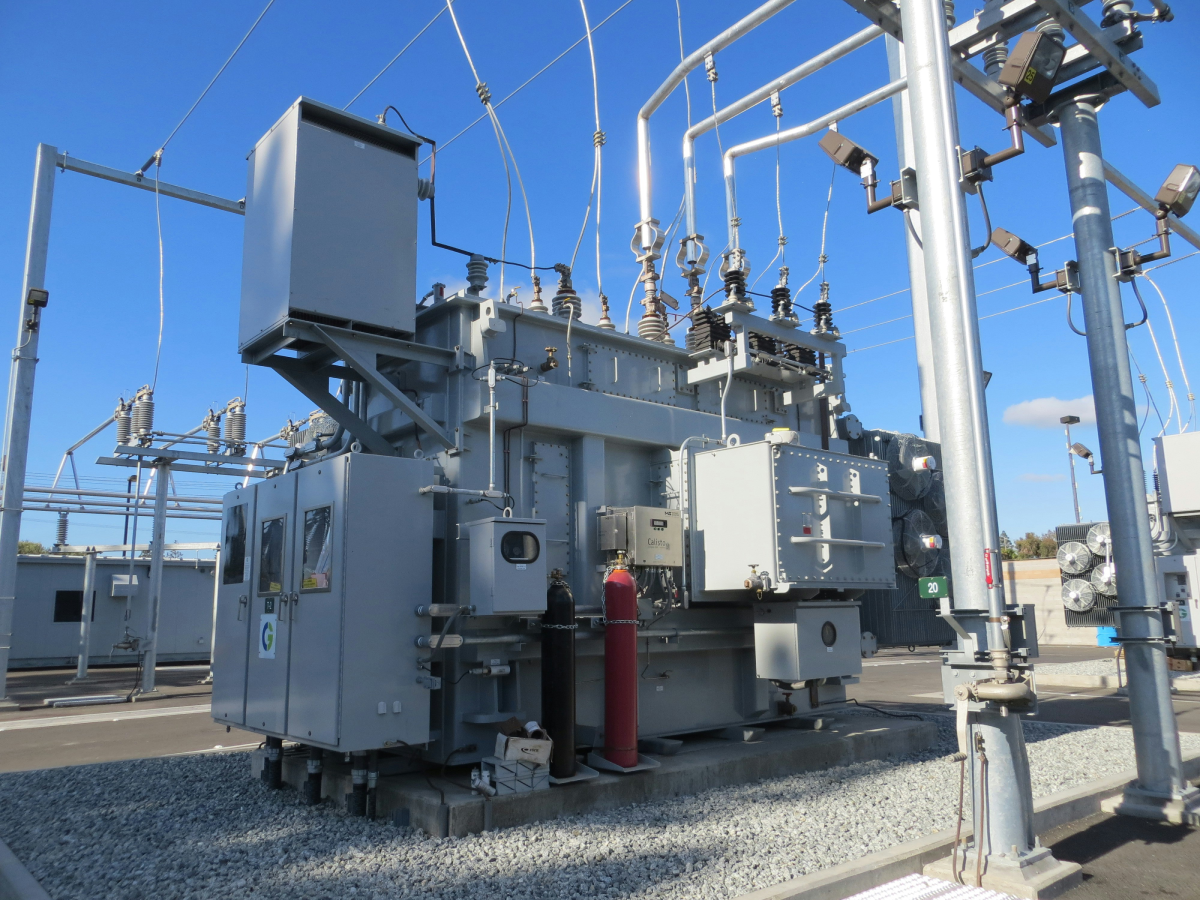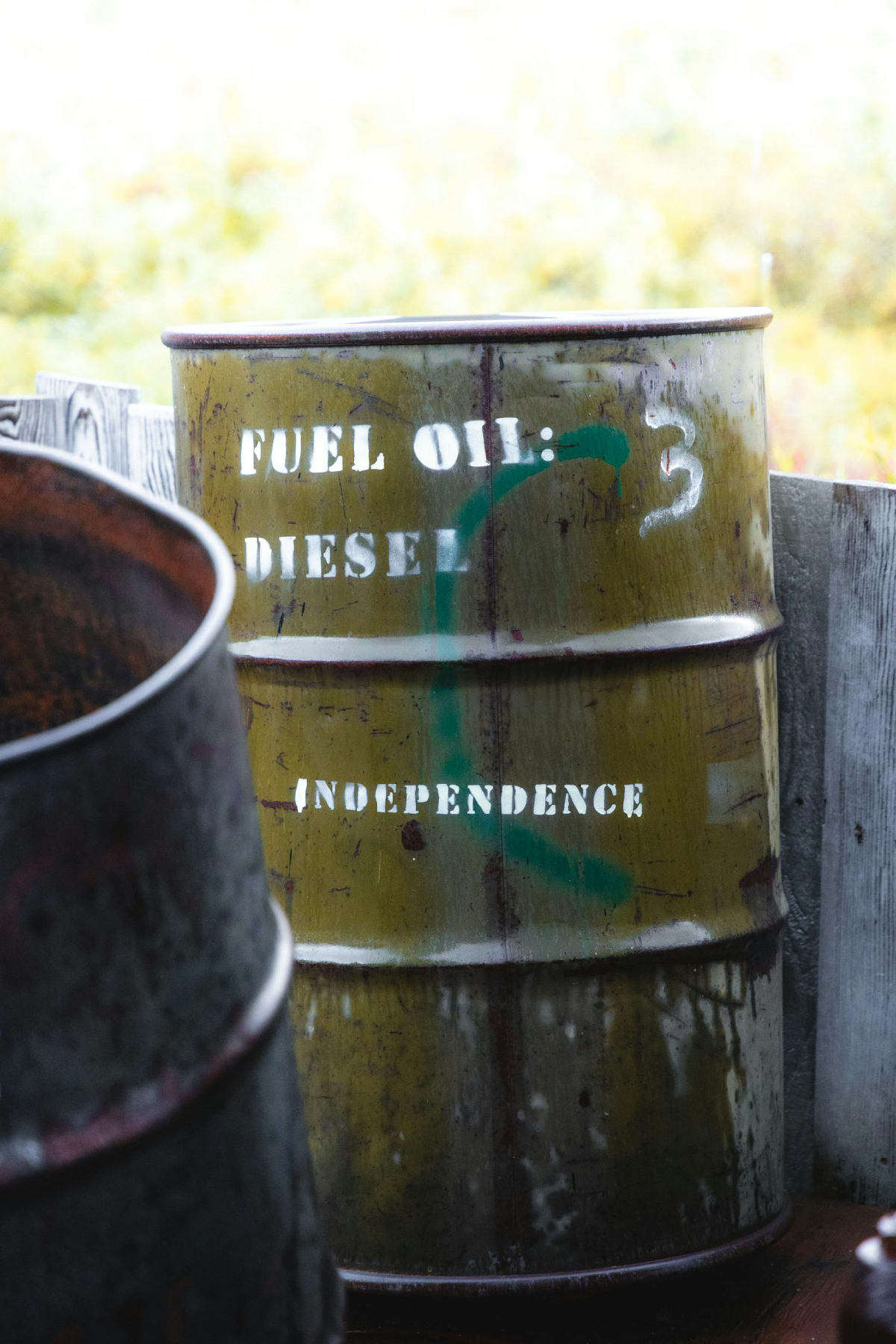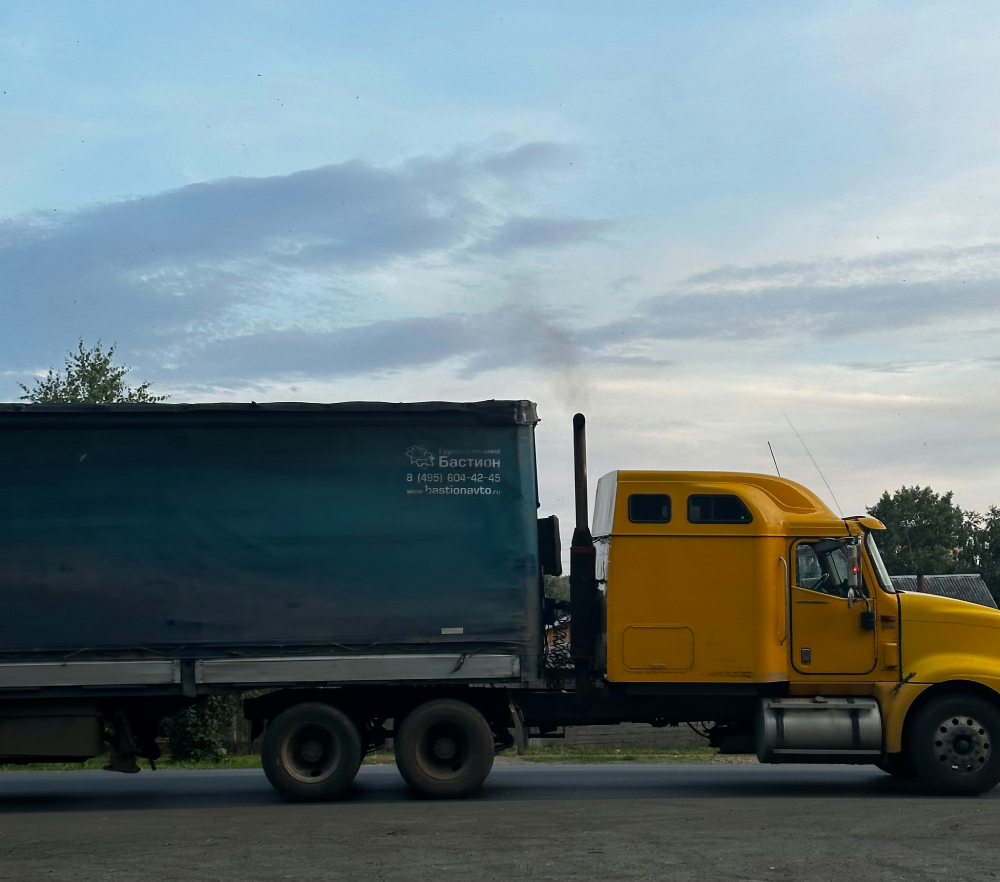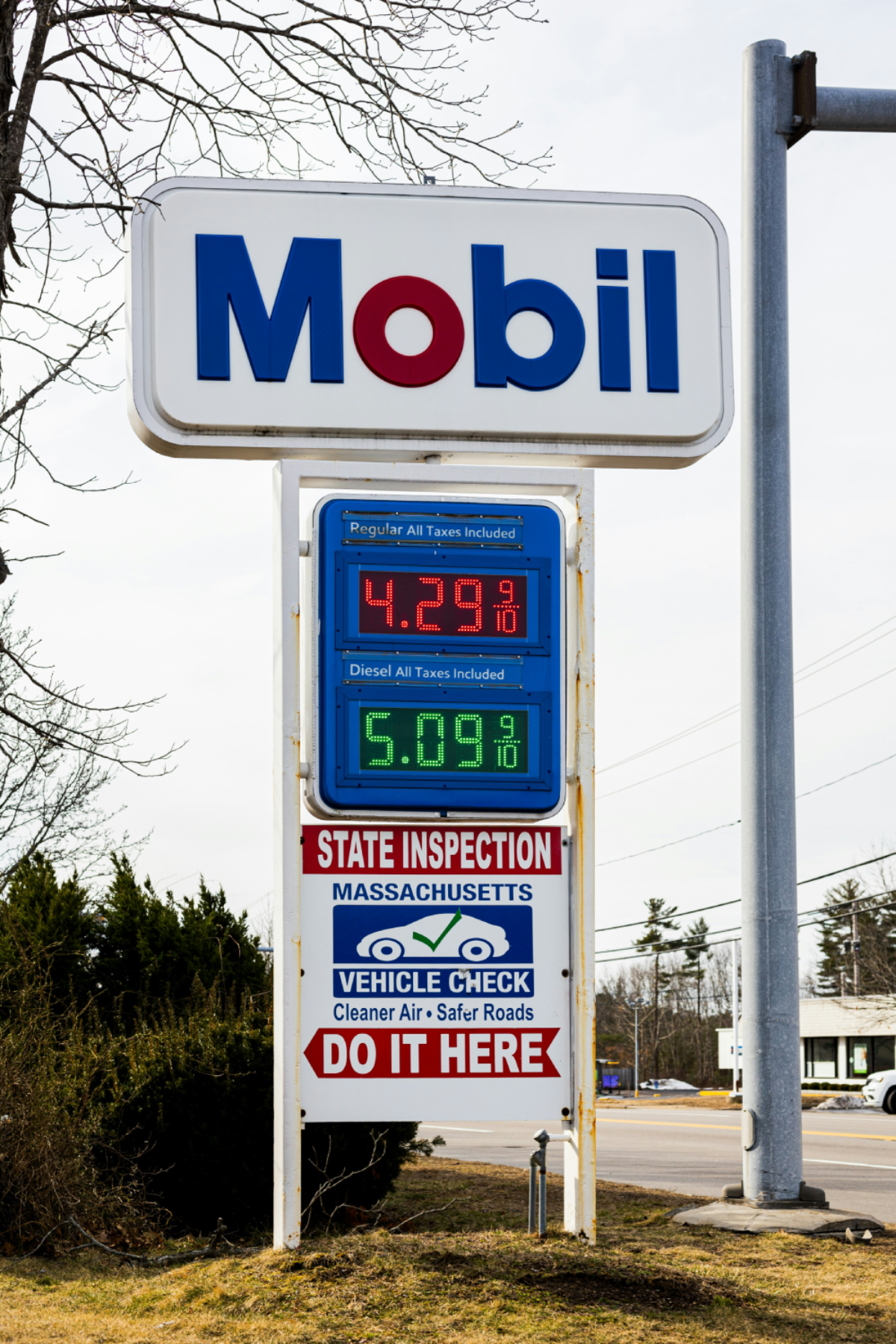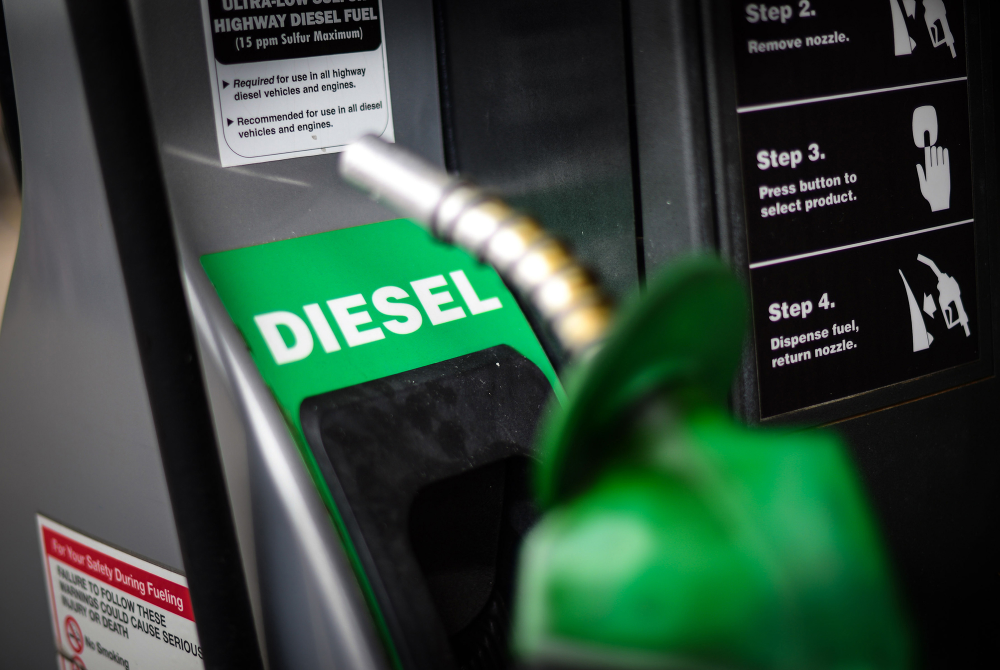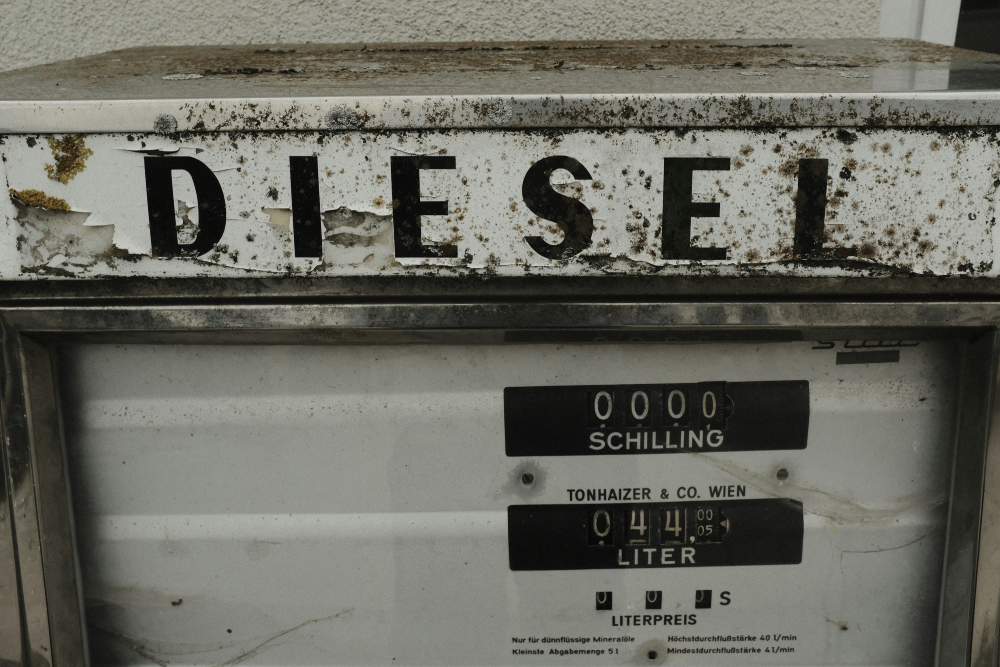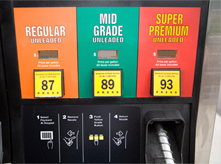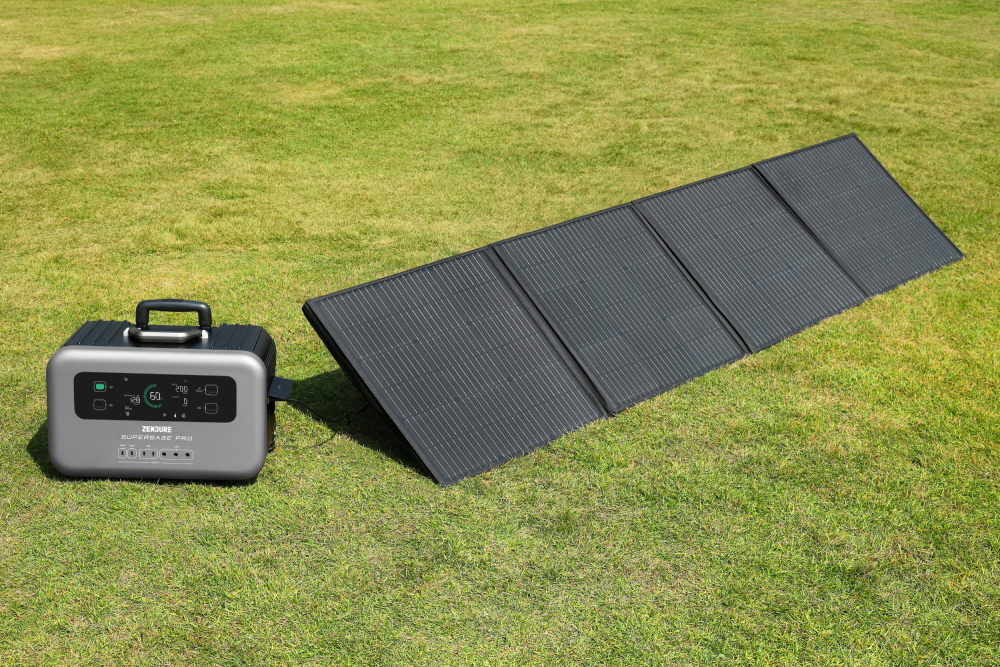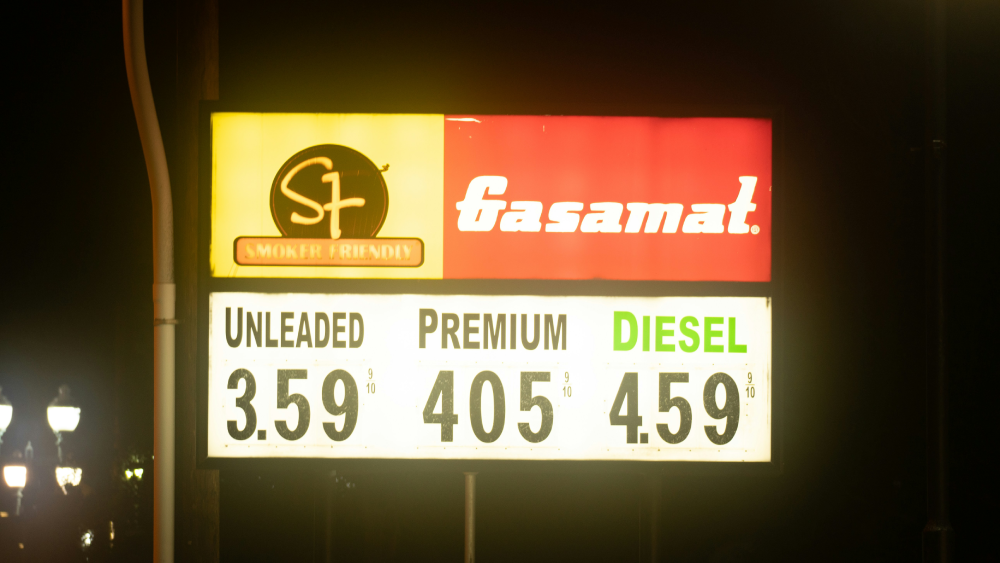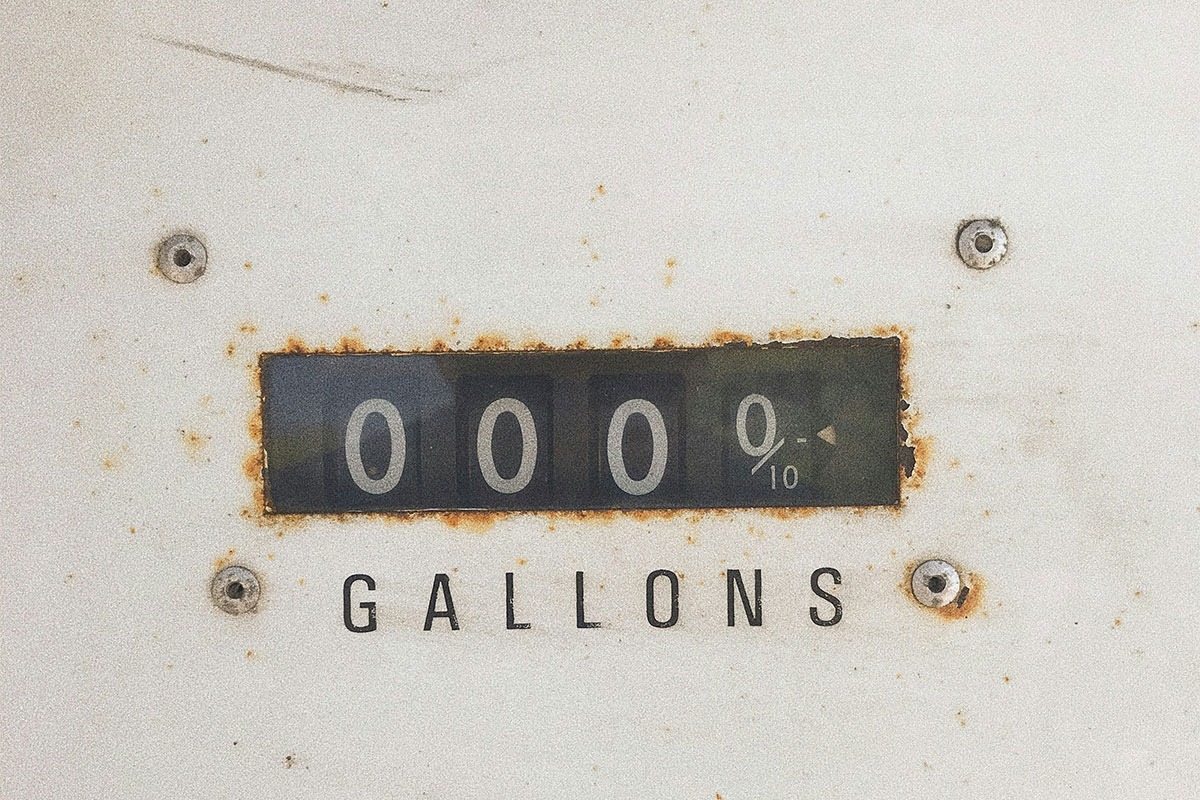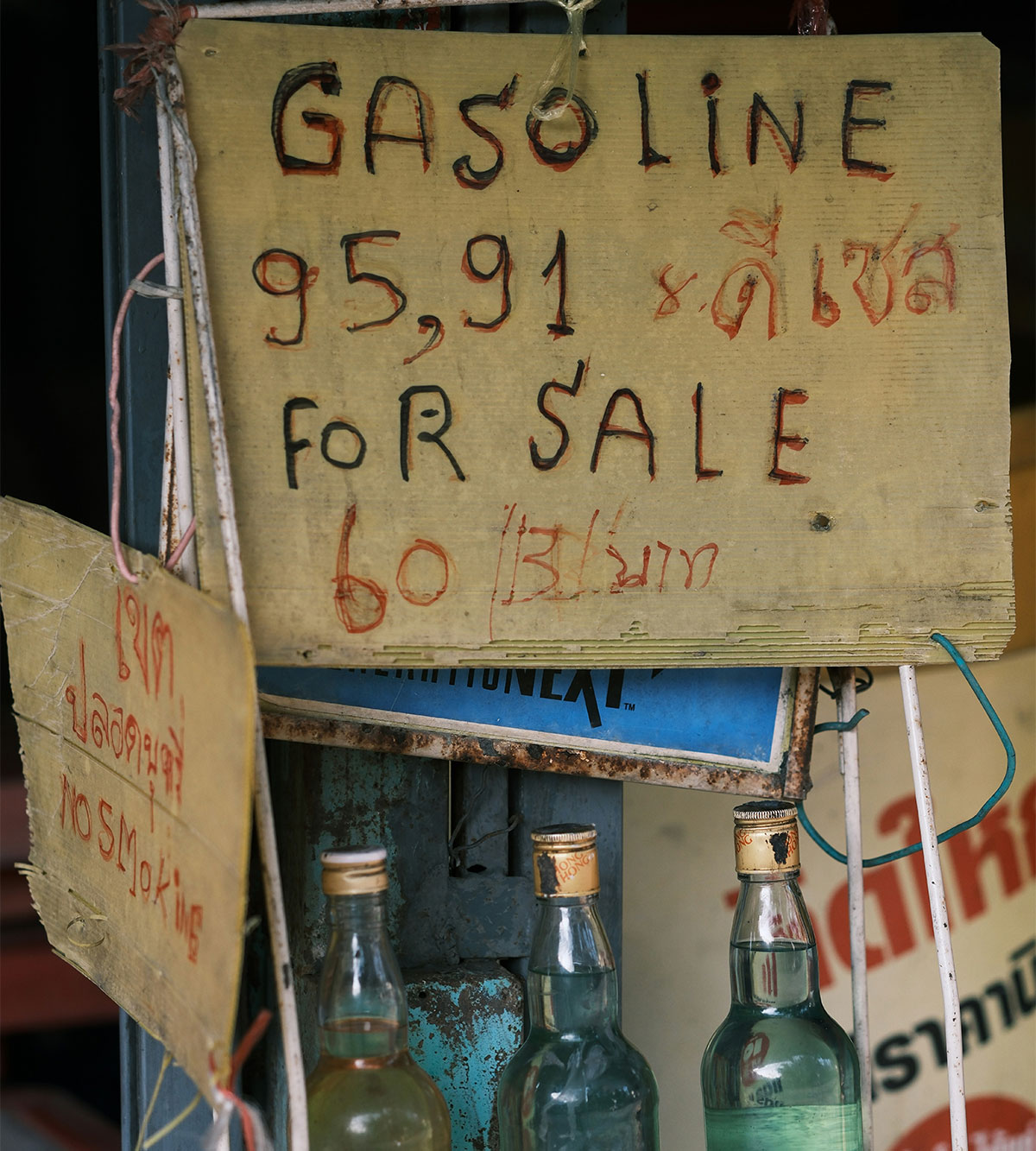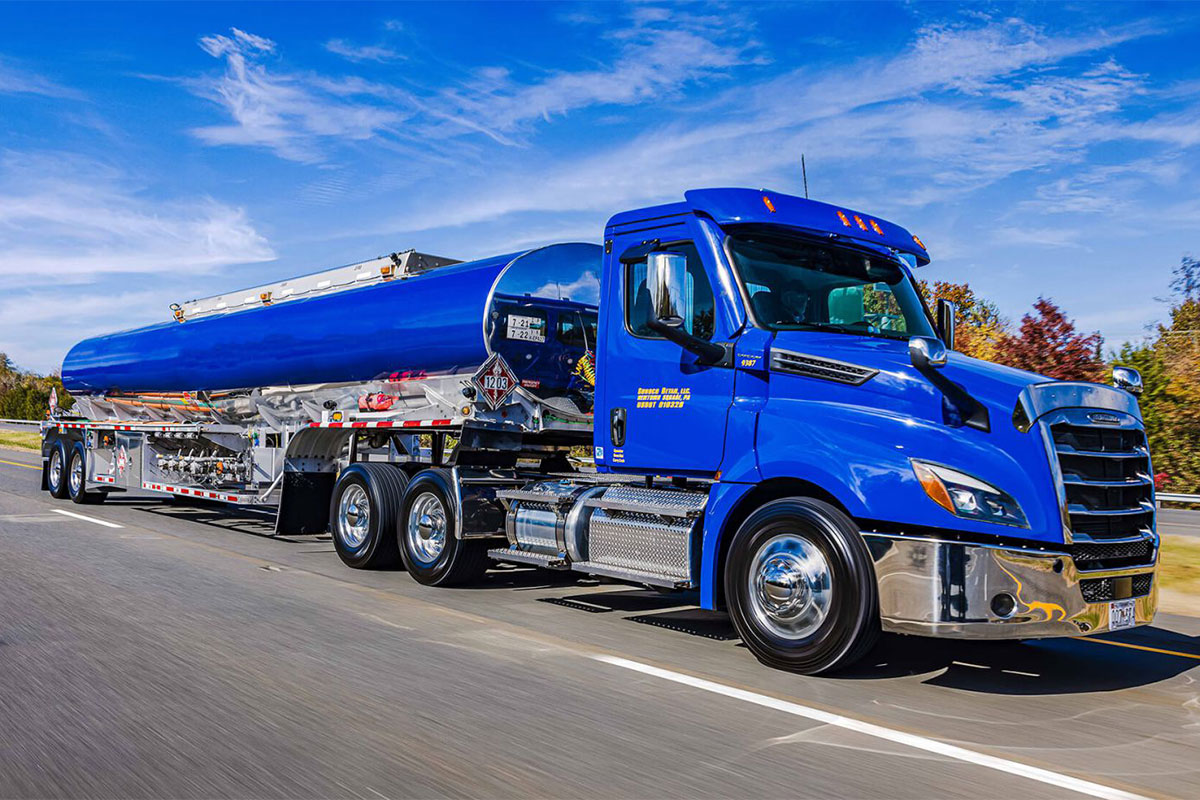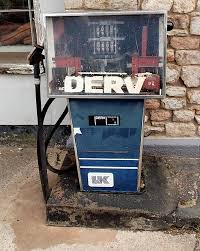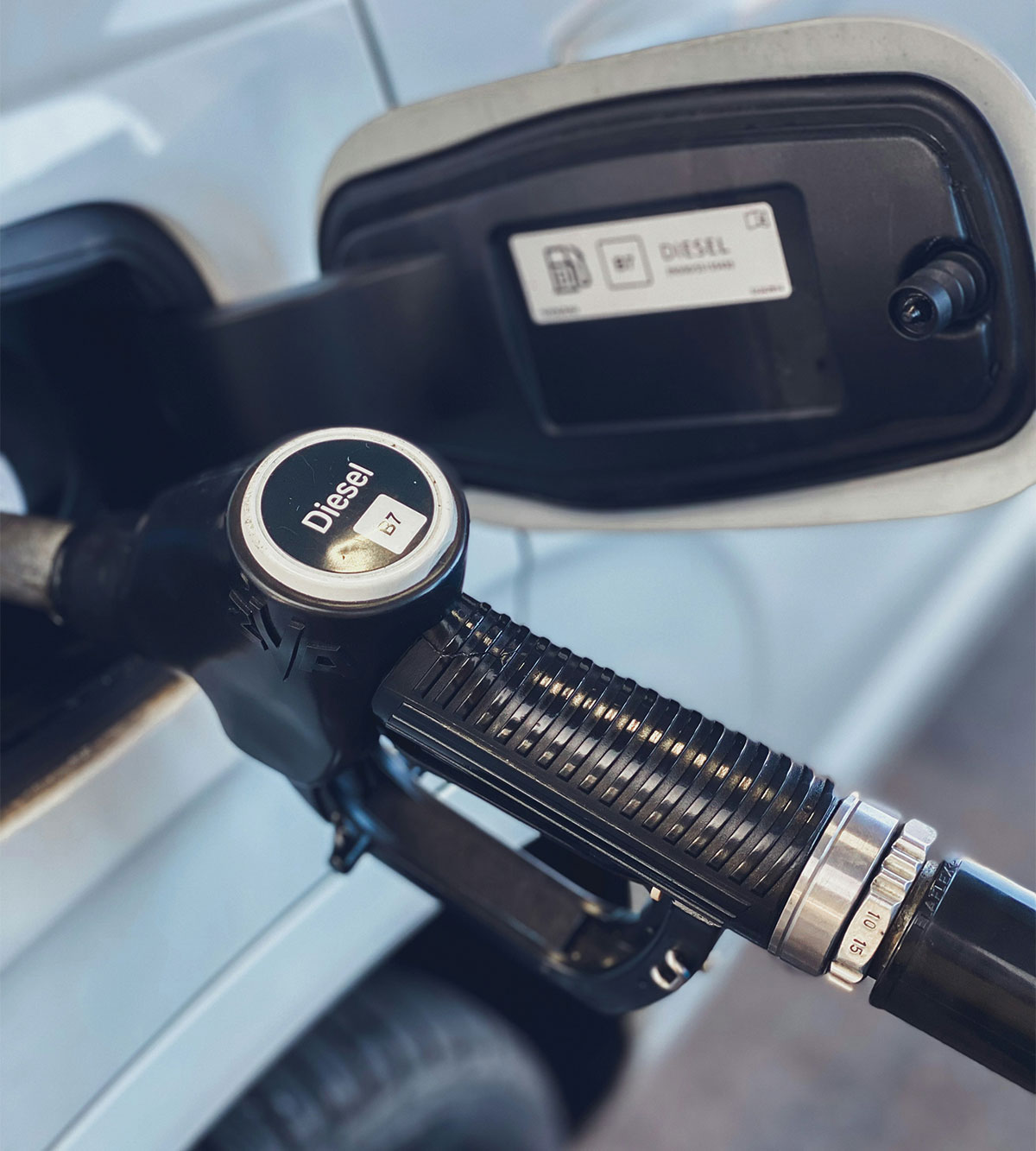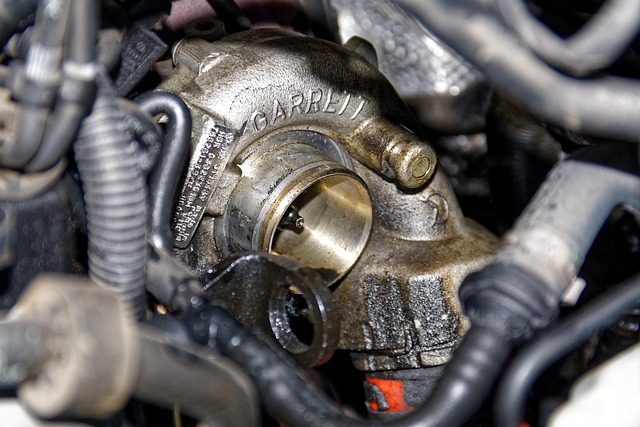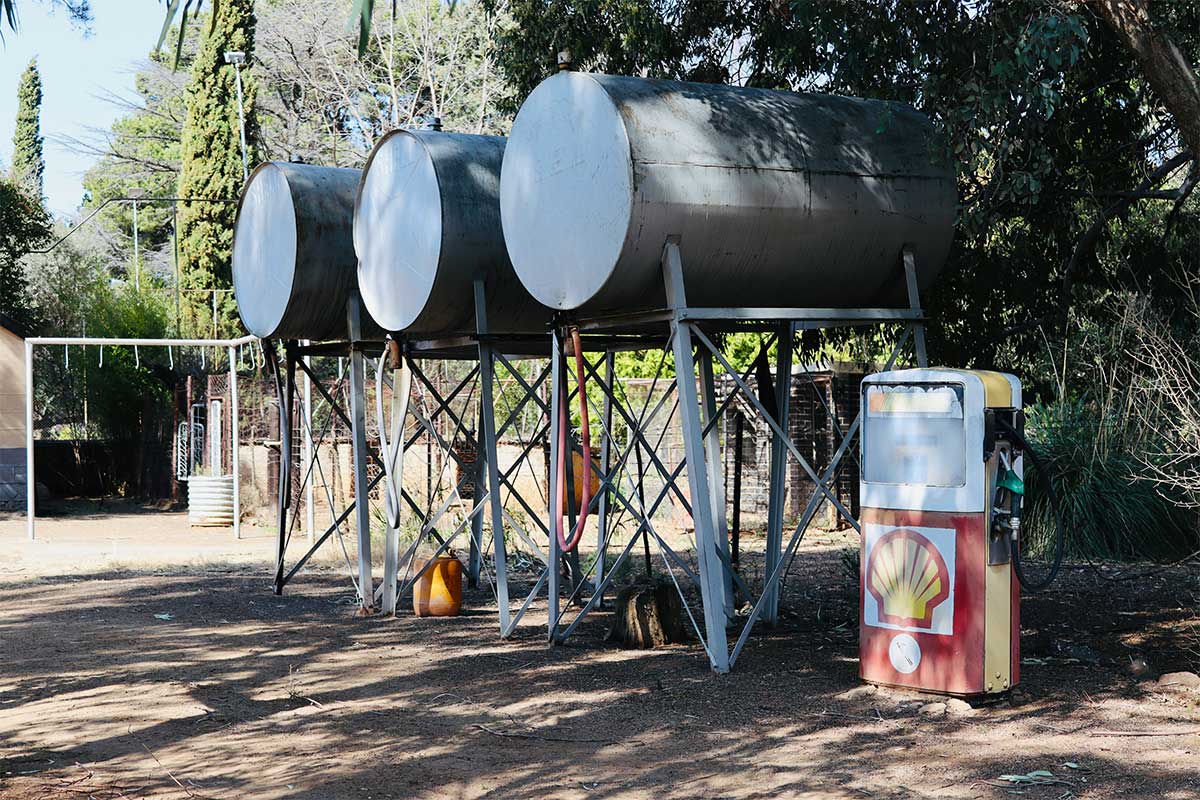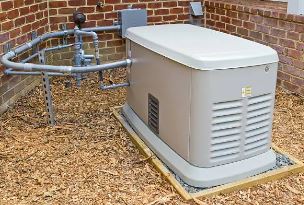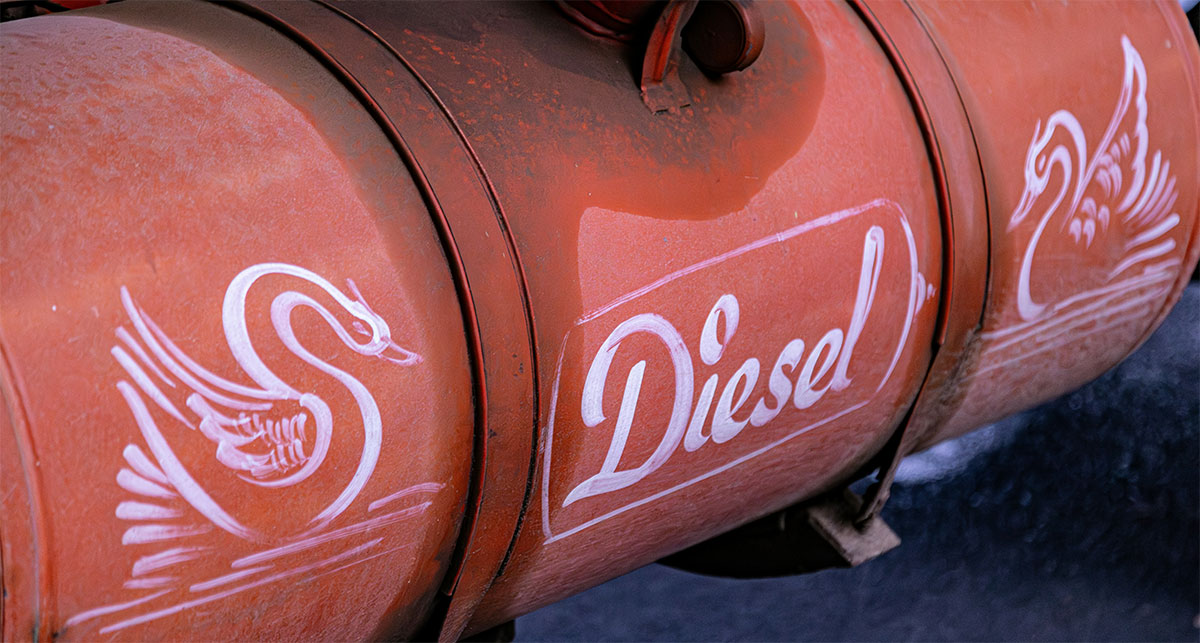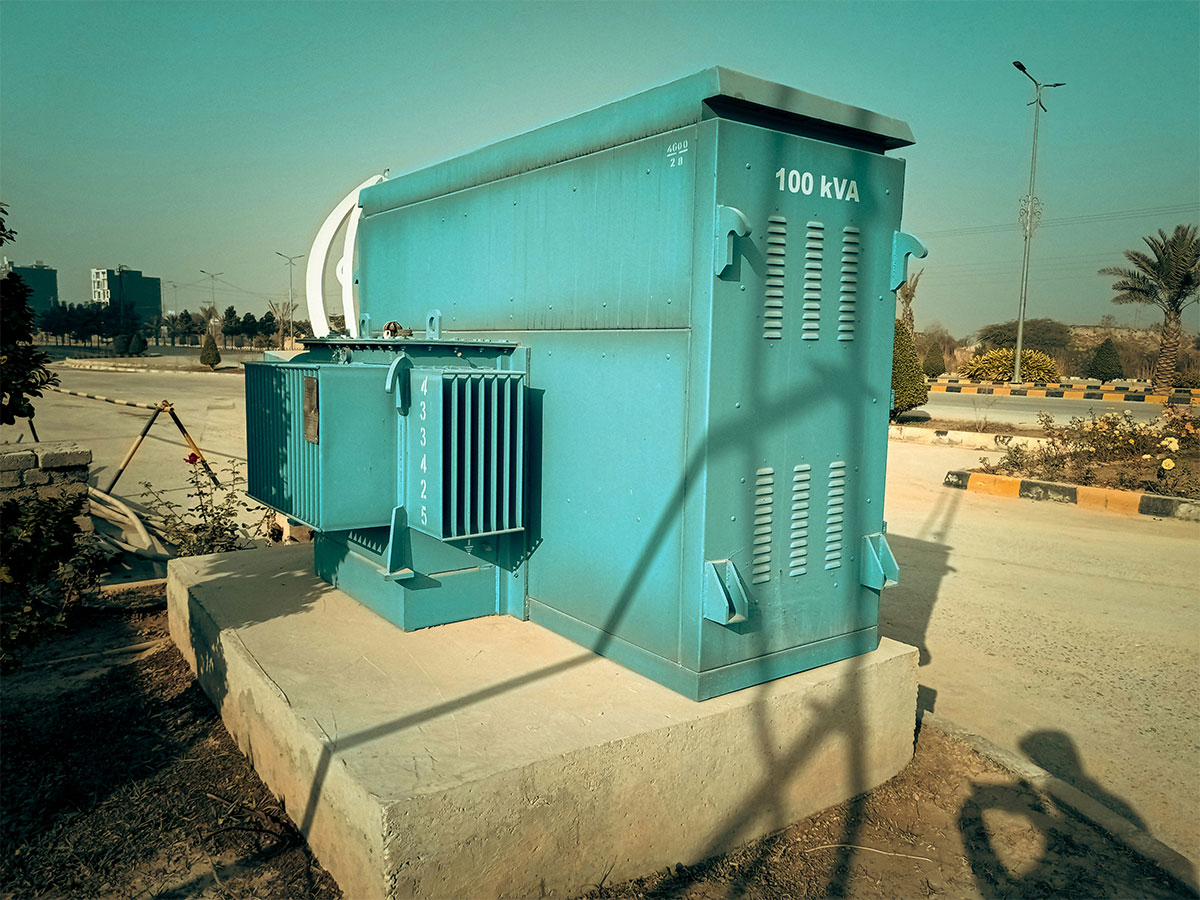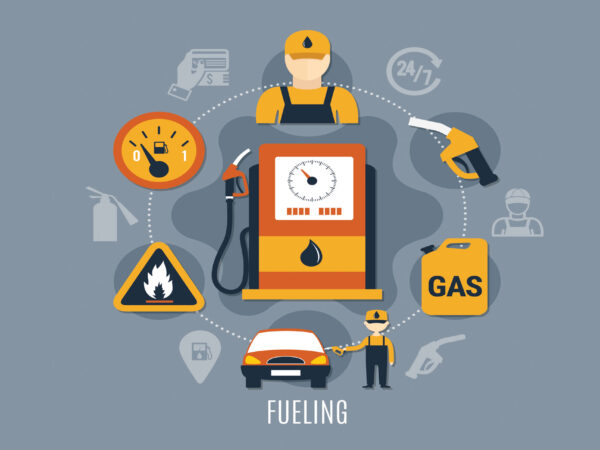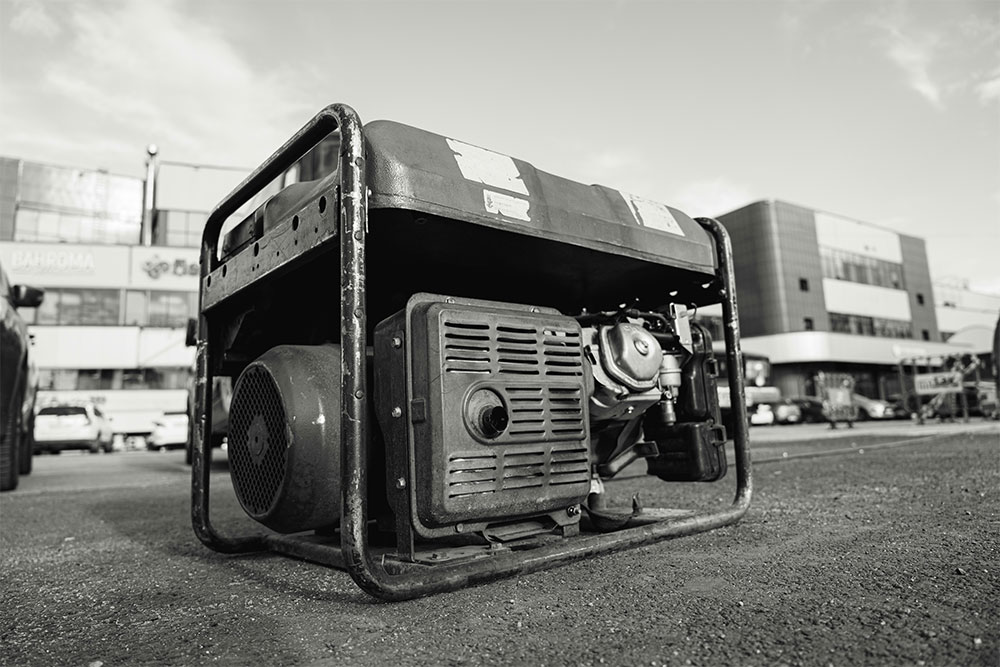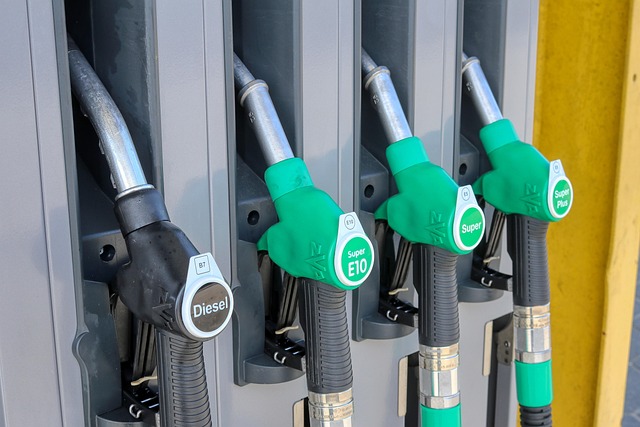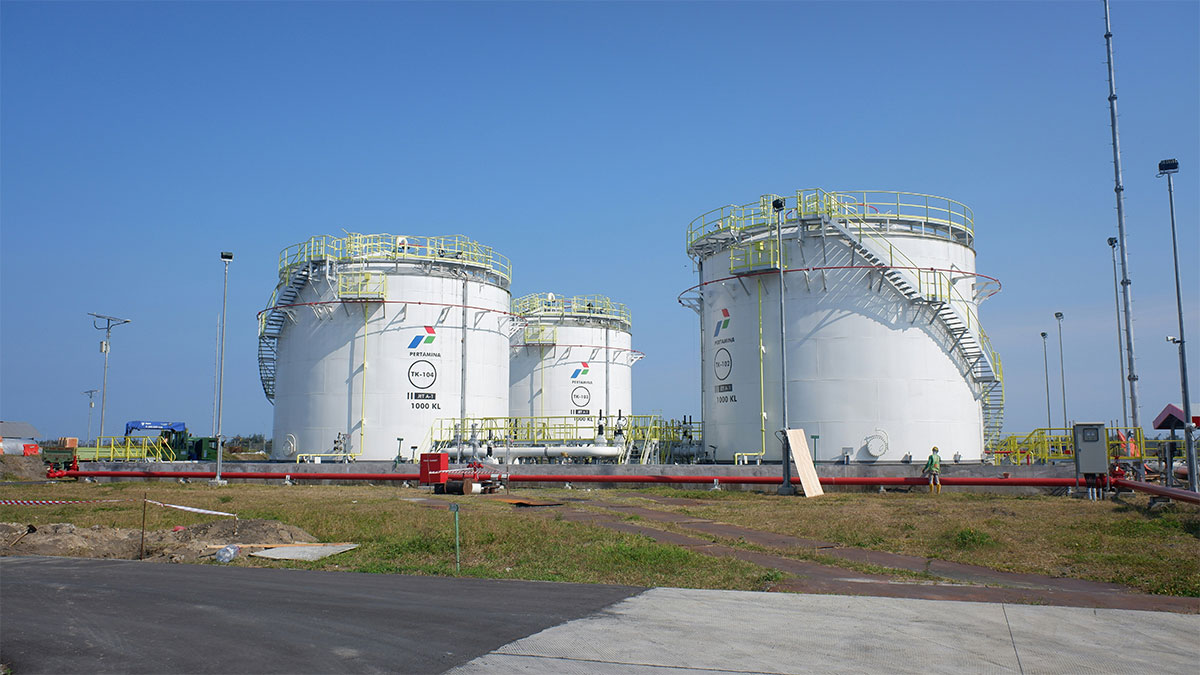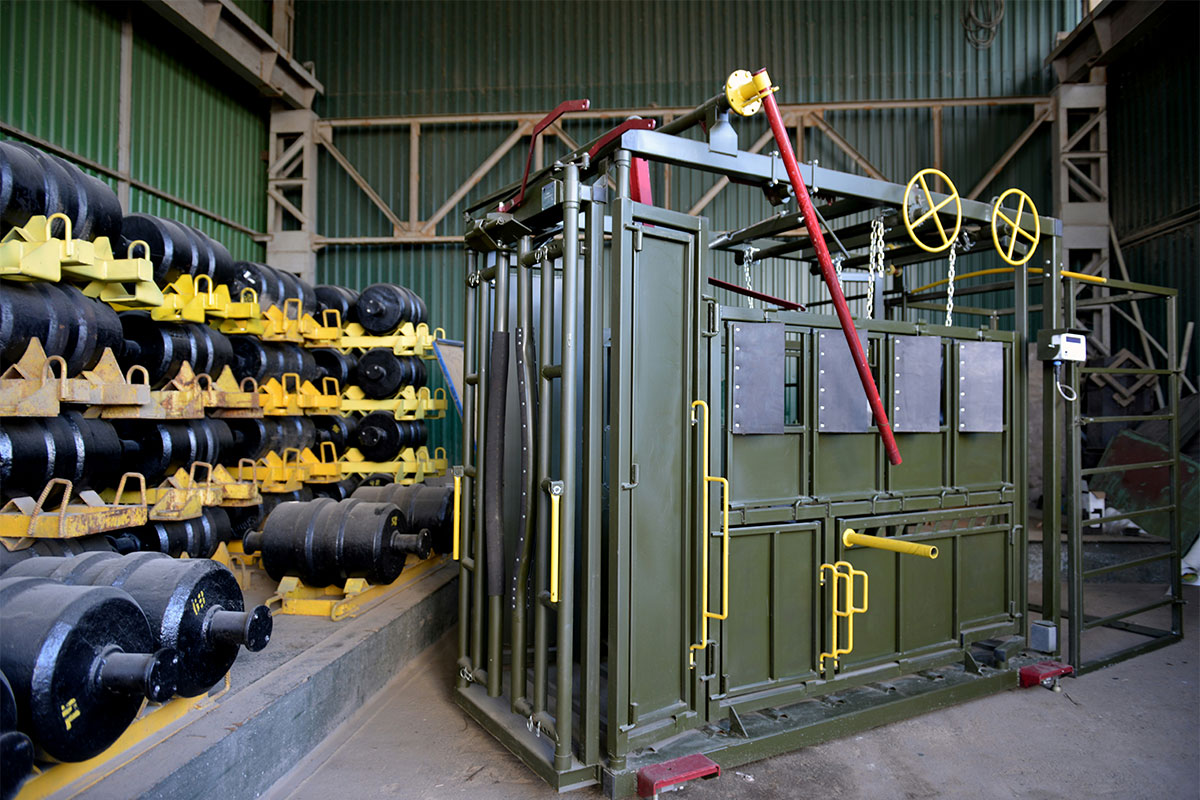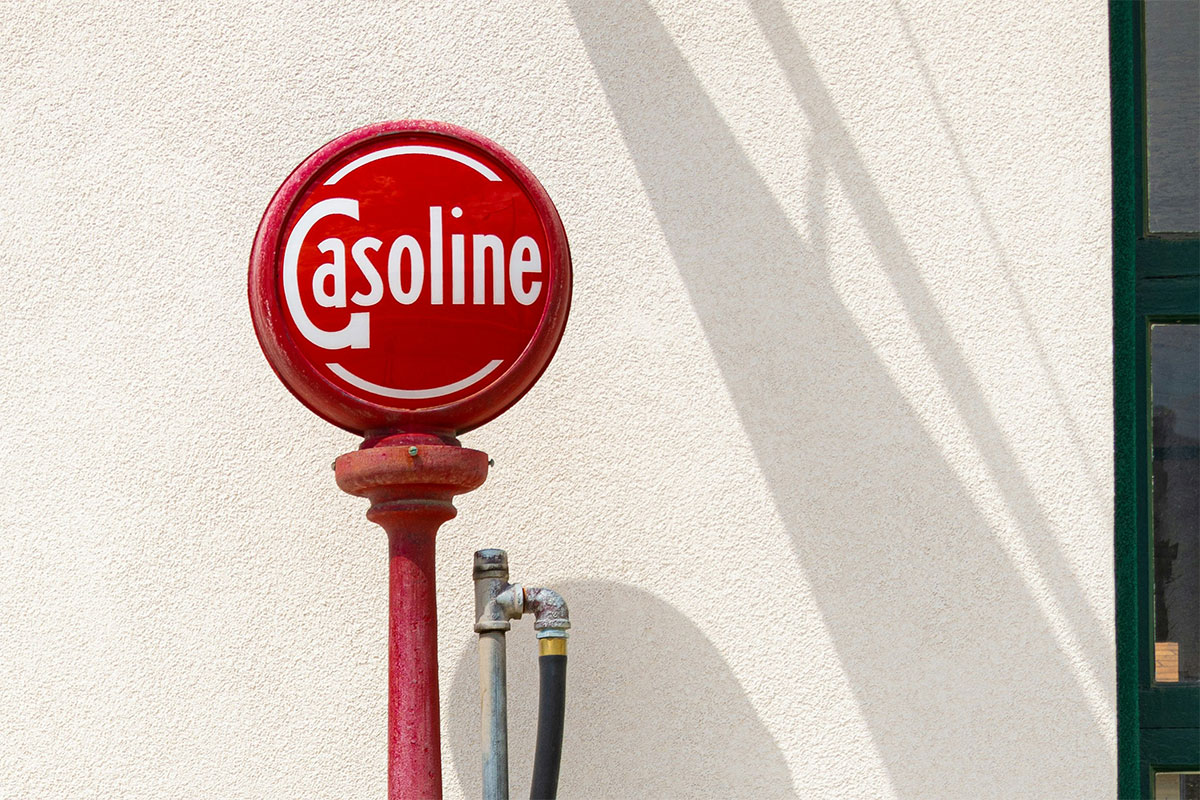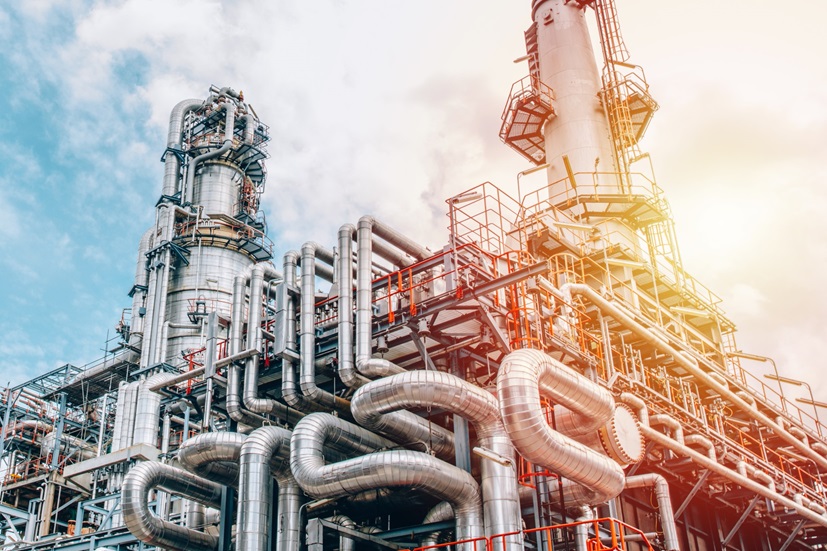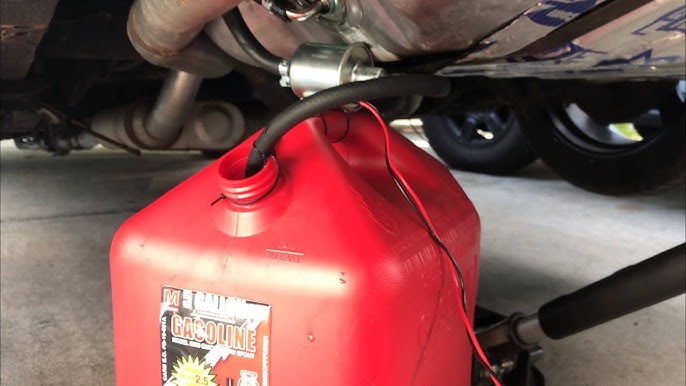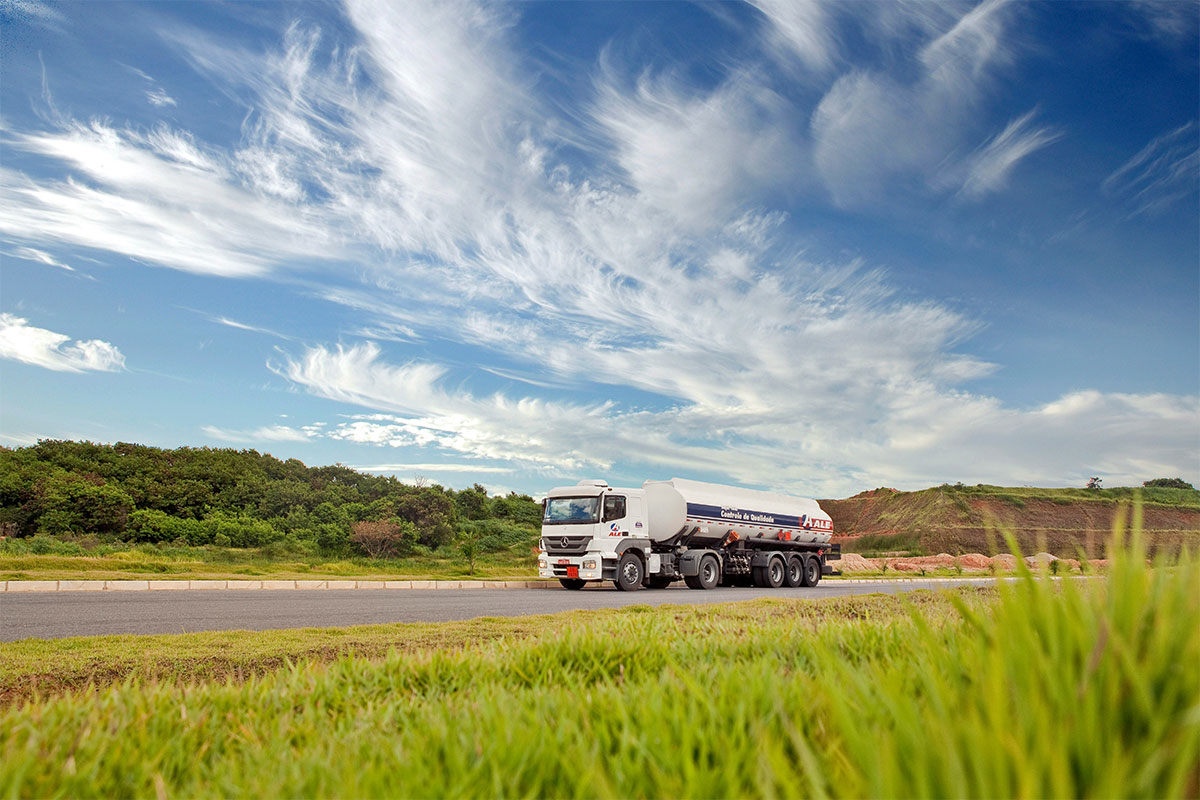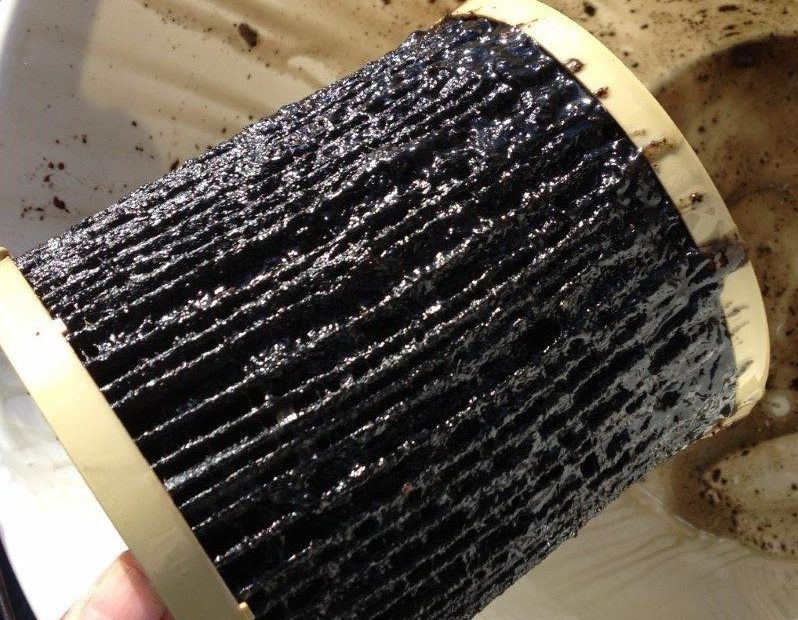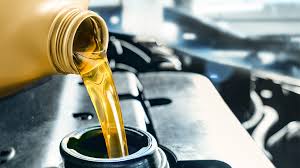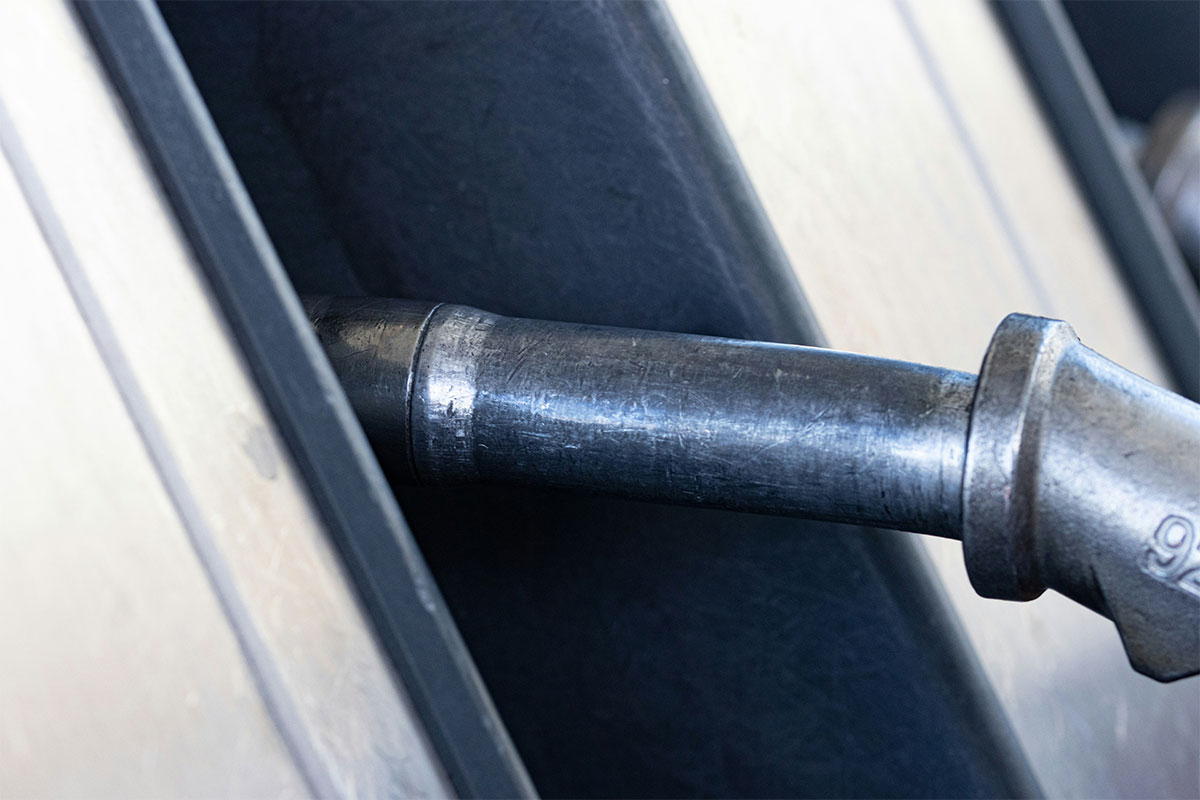Key Takeaways
- Aviation fuel storage tank regulations are implemented by several local and international bodies such as OSHA (Occupational Safety and Health Administration), FAA (Federal Aviation Administration, The EPA (Environmental mental Protection Agency) and The DOT( Department of Transportation)
- Workplace safety, containment and handling of flammable liquids are covered by OSHA regulations under 29 CFR 1910
- Secondary containment measures, inspection intervals and proper setback distances are required by federal codes.
- Depending on capacity and type, aviation fuel storage tanks must adhere to certain standards such as API 650, UL 142, NFPA codes
- Failure to comply with regulations may lead to penalties, environmental damage, fuel contamination and fire hazards
- Elan Fuels provides fully compliant turnkey aviation storage fuel storage systems that meet regulatory standards and minimize risk exposure.
Table of Contents
Aviation Fuel Storage Tank Regulations
Aviation fuel tank regulations are a set of rules and regulations enforced by federal, state and international bodies aimed at preventing environmental hazards, fuel contamination, explosion risks and other mishaps that could arise from handling aviation fuel. Some of the key regulatory bodies are;
- Occupational Safety and Health Administration(OSHA): Under 29 CFR 1920, OSHA oversees workplace safety for handling fuel and storage.
- Federal Aviation Agency (FAA): Under orders like 1050.15A and Advisory Circular 150/5230-4C, the FAA regulates airport fuel systems
- Environmental Protection Agency: As its name suggest, it enforces environmental standards including spill prevention and control counter-measures
- NFPA (National Fire Protection Association): They publish standards for aviation fuel storage tank safety systems.
- ICAO (International Civil Aviation Organization): Offers guidelines for handling aviation fuel internationally.
- DOT( Department of Transport): The DOT under the Hazardous Materials Regulations (HMR; 49 CFR parts 100-185) regulates transportation of any material that can be considered dangerous.
Failure to adhere to these regulations may lead to permits being revoked, environmental fines and safety violations. So complying with these regulations aren’t only relevant for legal reasons but they also ensure operational continuity at airports and fueling stations.
What Are The OSHA Requirements For Fuel Tank Storage?
The Occupational Safety and Health Administration has a set of rules under 29 CFR 1910.106 that regulate aviation fuel storage. These rules cover the following;
- Flammable and Combustible Liquid Classifications: Covering Jet A fuel which is classified as a Class II combustible Liquid. This classification affects its storage and requirements for handling
- Containments Rules: It is mandatory for tanks to include spill containment receptacles and protection against ignition sources.
- Labeling and Training: Every facility must train the staff on how to handle fuel, how to respond to spills and how to carry out emergency shutdowns.
- Emergency Preparedness: To comply with OSHA regulations there must be site-specific emergency plans, fire-extinguishing system and venting machine in place.
OSHA doesn’t work in isolation, but routinely coordinates with other regulatory bodies to ensure safety and compliance. For example, if there’s a fuel spill at a facility, OSHA’s investigation will primarily focus on ensuring that adeq worker response and emergency procedures were followed, while the EPA will look out for any possible environmental damages and seek to determine if any containment rules were broken.
Similarly, during fuel transportation to or from a fuel storage tank via truck or pipeline, the DOT makes sure the tankers and packaging meet federal transportation safety standards, while OSHA ensures that workplace conditions during loading/unloading are safe including grounding, personal protection equipment and emergency shutdown systems.
Not Sure If Your Fuel Tanks Are Fully Compliant?
OSHA, EPA, FAA, and local zoning codes each have strict requirements—and noncompliance can cost you thousands. We’ll help you audit, correct, and future-proof your aviation fuel storage.
What Are The Requirements For Fuel Storage?
Other than OSHA requirements, there are specific engineering and environmental considerations to be considered as aviation fuel storage requirements such as;
- Secondary Containment: At least 110% of the largest fuel tank’s volume is required for secondary containment.
- Stormwater Pollution Prevention: It is imperative for facilities to make sure rain water doesn’t mix with spilled fuel.
- Grounding/Bonding: To prevent static discharge, all fuel storage tanks and other equipment must be grounded.
- Tank Construction: During the construction of aviation fuel storage tanks, certain standards such as UL 2085(fire-rated), and API 650 (field-erected).
- Fire marshal inspections, building permits and zoning compliance will also be required by most municipalities. Additionally, storage units have to align with NFPA 30 and any existing local codes

How Far Does A Fuel Tank Need To Be Away From A Structure?
The setback distances for fire separation and hazard zoning depend on the tank type and its capacity. These regulations mitigate risk exposure in case of fire breakouts or explosions. Tanks are mostly classified into aboveground and underground tanks
In the case of above ground tanks, the UL 142 tanks have to be at least 25 feet from buildings which are occupied. And tanks carrying over 12,000 aviation fuel need to be between 50-100 feet away from occupied buildings (this would vary from state-state).
For underground tanks, they must be installed with covers that are minimum 3 feet and have to be 15 feet from occupied buildings and must comply with the EPA underground storage tank rules.
Zoning regulations vary widely but are typically enforced by local planning departments and fire marshals. These rules:
- Designate fuel tanks to industrial or utility-use zones.
- Restrict placement near schools, residential zones, or critical infrastructure.
- Often require a conditional use permit or fire safety permit before tank installation.
| Tank Type | Capacity | Min. Distance from Buildings | Notes |
|---|---|---|---|
| AST | ≤12,000 gallons | 25 feet | Can be reduced with fire protection |
| AST | >12,000 gallons | 50–100 feet | Based on fire suppression systems |
| UST | Any | 15 feet | May vary with local codes |
| Vents | — | Above adjacent structures | To disperse vapors safely |
The table below summarizes;At Elan Fuels, our interactive fuel tank setback calculator can help you pre-determine compliant tank locations based on tank type, size, and local regulations, reducing risks of site violations and speeding up permit approvals.
Tired of Navigating Complex Aviation Fuel Codes Alone?
From NFPA setbacks to EPA SPCC rules, aviation fuel tank regulations are confusing—and costly to get wrong. Our experts simplify it for you, step by step.
How Long Can Fuel Be Stored?
Aviation fuel degradation over time is mostly caused by microbial growth, water contamination and oxidation. But different fuel types have different shelf lifespans.
- Jet A/AVGAS can be stored for up to 12 months
- Diesel (for GSE) can be stored for 6-12 months
- Gasoline has a 6 months maximum shelf life
However, the shelf life of fuel can be extended with best practices such as using biocides and fuel stabilizers, making sure temperature and humidity are appropriate and using tanks which are sealed airtight.
How Often Do Storage Tanks Need To Be Inspected?
The role of enforcing tank inspection timelines goes to API, STI and EPA. They set monthly, yearly and other periodic inspections to assure compliance. Som intervals are serve the following purposes
- Visual external inspections hold every month to spot irregularities
- Catholic protection and leak tests happen yearly
- Every decade API 653 and STI SP001 are internal inspections, foundational checks and integrity testing is carried out
The EPA requires monthly leak checks and for spill prevention, control and countermeasure plans to be updated every 5 years.
Want an Aviation Fuel System That’s Fully Code-Compliant?
We design, install, and certify aviation fuel tanks to meet UL 142, API 650, FAA 5230-4C, and beyond—so you never have to worry about shutdowns or safety fines again.
What Is The Standard For Storage Tanks?
Aviation fuel storage tank specifications are mostly governed by the following standards;
- API 650: Welded steel tanks mostly used in aviation facilities to contain oil and fuel
- UL 142: For flammable liquid aboveground tanks
- UL 2085: For fire-rated tanks with thermal insulation
- AWWA D100: Is a standard for welded steel water storage tanks
Aboveground tanks need fire protection, visual inspections, and secondary containment whereas underground tanks demand corrosion protection, leak detection, and EPA registration. They each have separate regulatory, safety, and maintenance obligations and standards.
Every standard affects the lifespan, maintenance cycle and fire resistance of the tanks.
What Is The Difference Between A Day Tank And A Storage Tank?
Understanding the difference between a day tank and a storage tank can be crucial in optimizing fuel logistics.
- Day tanks are smaller (50-500 gallons), they are located near equipment and are refilled daily. While storage tanks are larger (up to 50,000 gallons and are made for long term and bulk supply.
- Day tanks are very close to their end usage while storage tanks arhave located remotely or have centralized locations
- Day tanks are refilled daily, and checked for leaks frequently; storage tanks on the other hand require scheduled inspection and sludge removal
While both are regulated and maintained differently, they must both comply with strict regulation in order to avoid hazards.
How Should Fuel Be Stored?
Fuel is a very valuable resource and so must be stored properly to prevent contamination, theft and any hazards. This is how to go about it.
- Use materials like steel and UL-rated materials.
- Visibly label tanks precising their contents and hazard class.
- To avoid UV degradation, make sure to store fuel under shades.
- Install monitoring systems and use locks for theft prevention.
- Make sure transitions are clean to mitigate risk of contamination from transport to tank.
At Elan Fuels, we offer a free aviation fuel storage checklist to ensure that you get your storage right.
What Are The Federal Regulations For Jet Fuel Storage?
To store Jet Fuel, there are federal regulations that must be complied with. These are centered on;
- FAA Order 1050.15A: Regulating environmental compliance for airport fueling systems
- AC 150/5230-4C: Provides guidelines for designing airport fueling systems.
- EPA Spill Prevention, Containment and Countermeasures Rules regulate spill prevention and how to respond to spillage.
- UST/AST Registration: These must be presented to the EPA or concerned state agencies
What Are The NFPA Requirements For Compressed Gas Cylinder Storage?
For facilities which use compressed gases such as oxygen, nitrogen, the standards for storage they adhere to are defined by the NFPA 55 codes
- Ventilation: The storage must meet air exchange standards
- The storage facilities must maintain a distance of 20-50 feet from sources of ignition or any incompatible gases
- Hazard labels must be visible and clearly defined
- Cylinders must be must be chained and strapped upright to assure security
These regulations are applicable to both indoor and outdoor storage of compressed gases. They must be complied with, alongside OSHA and EPA oversight regulations.
It is imperative to stay compliant at all times, not only because the authorities and regulatory bodies require it, but also because compliant aviation fuel storage systems prevent hazards and contributors to the success of every single breakout that the fuel stored will be used in or for. At Elan Fuels, we master the necessary regulations and simplify it for those we work with, ensuring compliance and success across the board.

